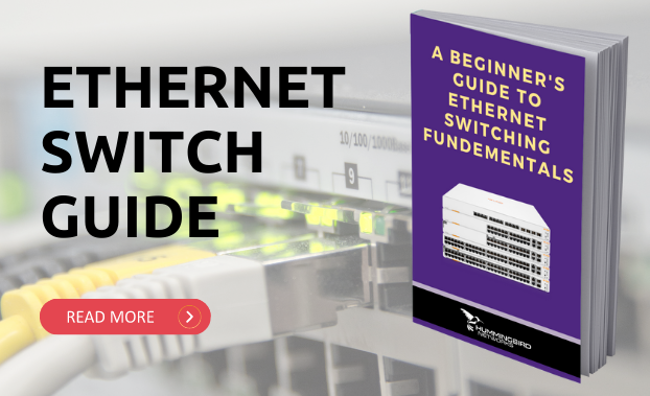To create a seamless connection between all your devices and the internet, you need a network switch. This device receives and broadcasts data from each connected device via data packets and prevents network clogging. An ideal network switch must be fast, intelligently sort data packets, and enable multiple connections. With the right switch, all your devices will have an easier time communicating with each other, and you’ll have an easier time controlling them, too.
Whether you are opening a new office or looking to replace your current switch, this article will help explain the differences in the new technology and help you make an informative decision when shopping for a new switch.
Today's enterprise campus networks are looking at higher throughput rates and higher densities to support the growing number of mobile devices, the growing number of users, and the increasing amount of data being transmitted. When looking for a switch for your network you will be presented with several options. From the traditional unmanaged desktop switch to a complex network analysis switch complete with a full control panel.
What Inside This Video?
- Types of networks
- Types of switches
- Data transfer rates and applications
- Power source and consumption
- What is PoE/PoE+ and Do You Need It?
- Number of ports needed
- Budget considerations
Lots of terms are thrown around when discussing computer networks: routers, switches, hubs. Many people don’t care about the terminology and definitions, as long as their system works. The world of network switches is changing rapidly as modern networks demand higher capacity and higher performance.
If you’re ready to build a large network system, this handy article gets you up to speed on a basic building block: switches.








